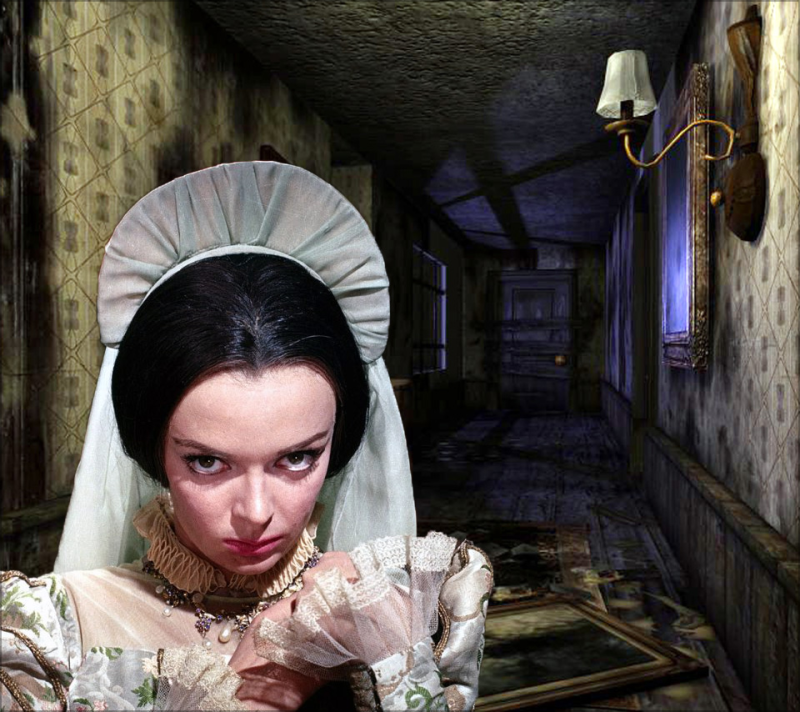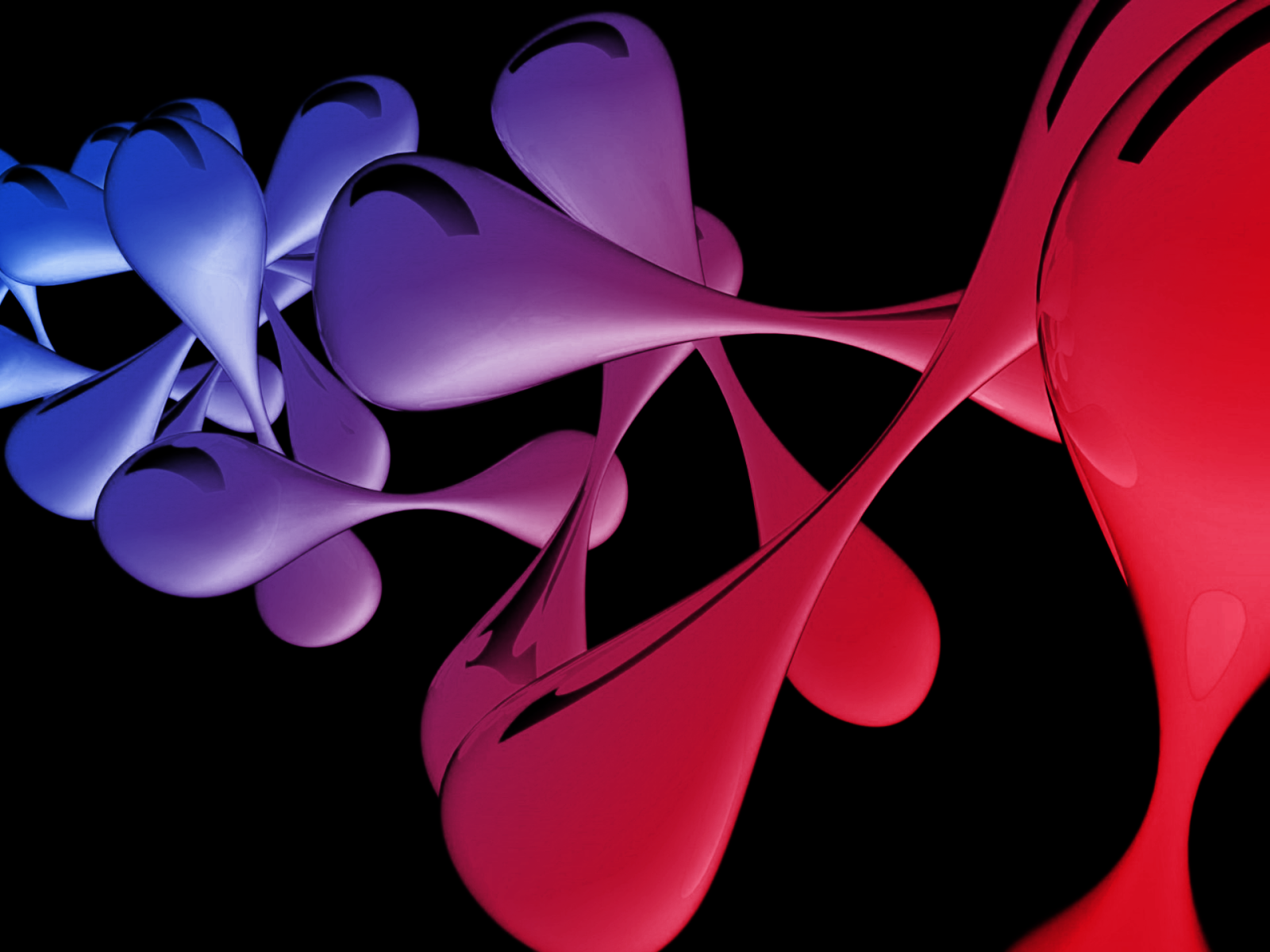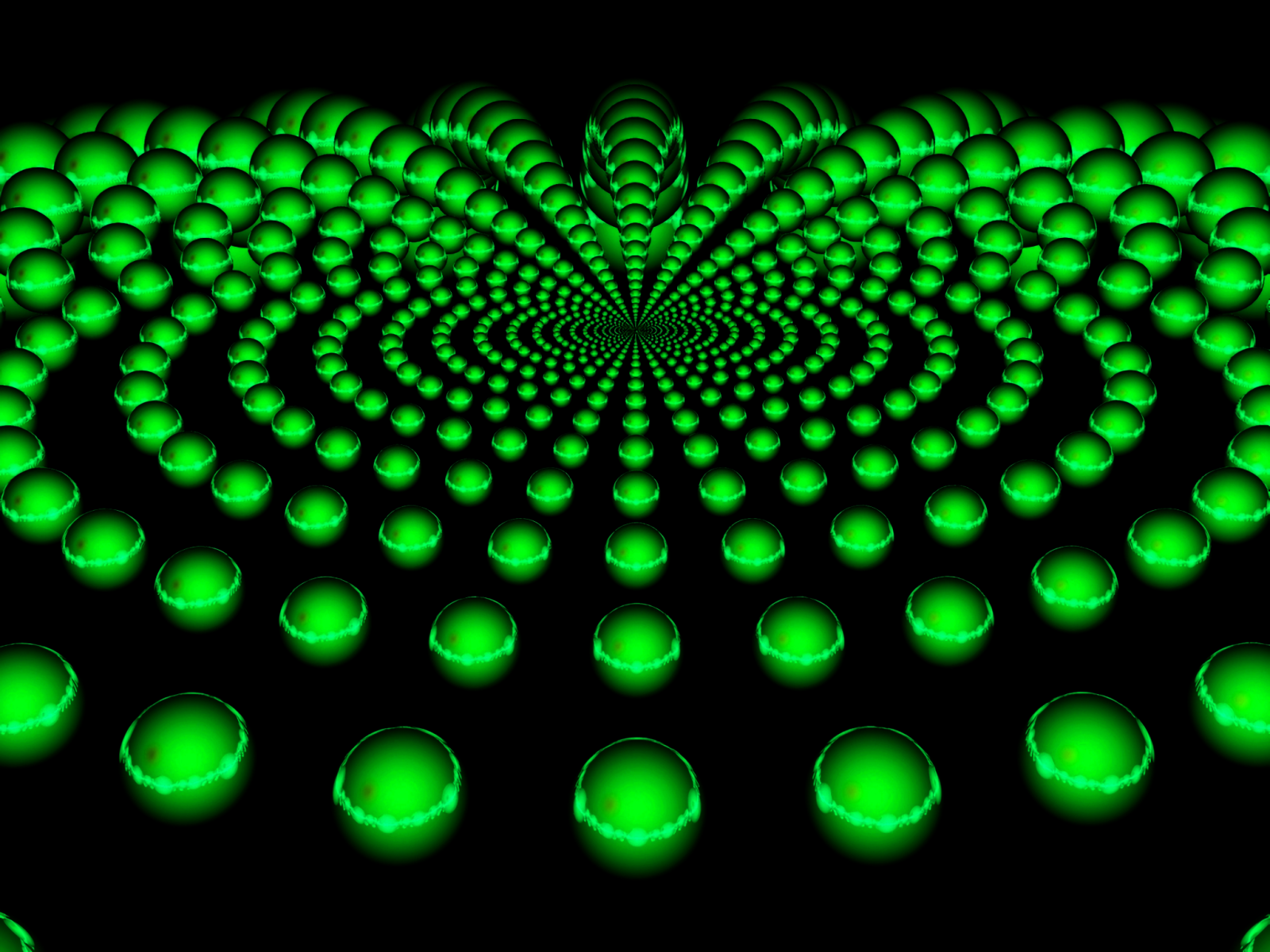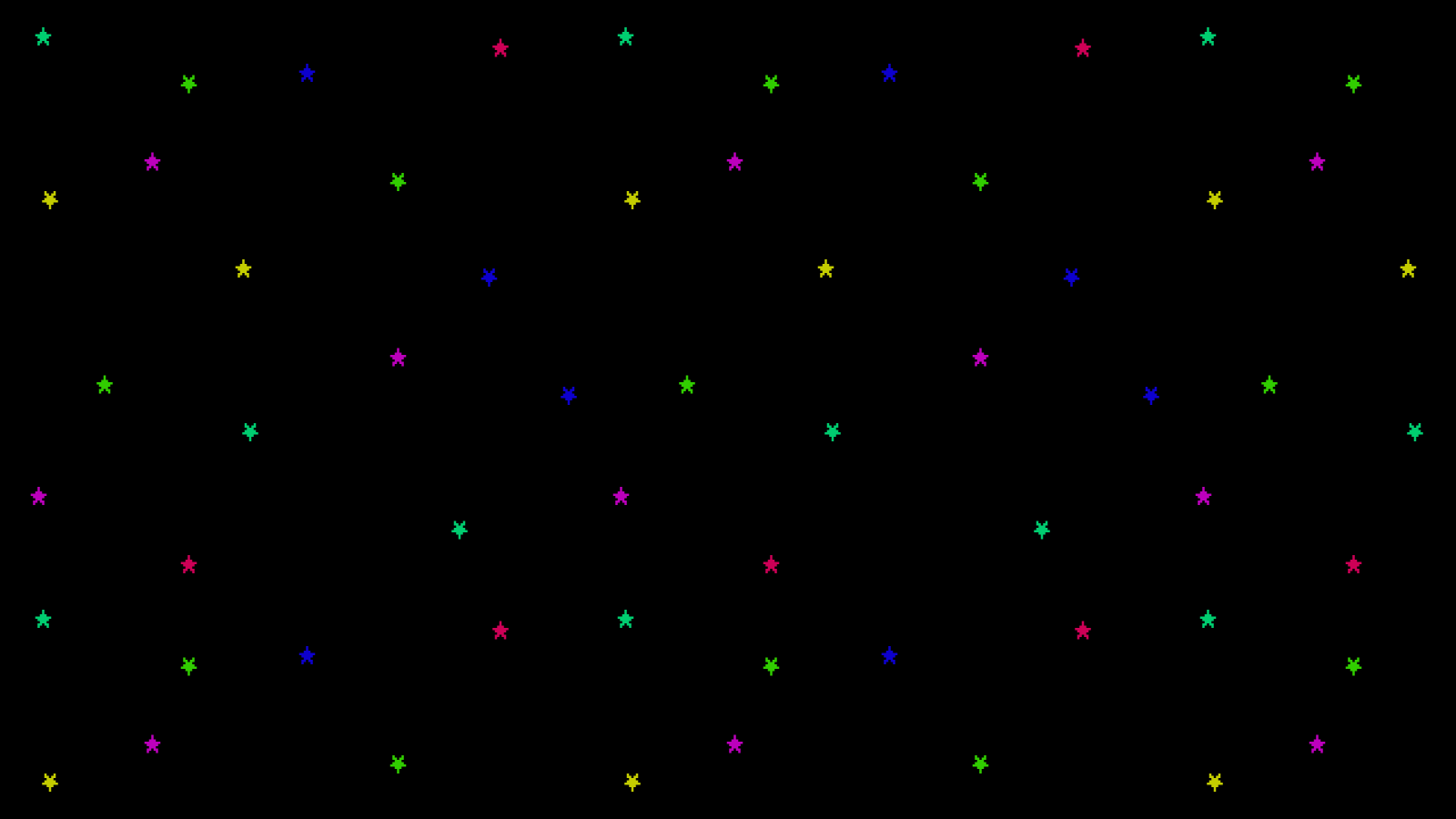
A book has neither object nor subject; it is made of variously for
matters, and very different dates and speeds. To attribute the book
subject is to overlook this working of matters, and the exteriority of
their relations. It is to fabricate a beneficent God to explain
geological movements. In a book, as in all things, there are lines of
articulation segmentarity, strata and territories; but also lines of
flight, movement deterritorialization and destratification.
Comparative rates of flow on these lines produce phenomena of relative slowness and viscosity, or, on contrary, of acceleration and rupture. All this, lines and measurable speeds, constitutes an assemblage. A book is an
assemblage of this kind, and as such is unattributable. It is a
multiplicity-but we don’t know yet at the multiple entails when it is no
longer attributed, that is, after it has been elevated to the status of a
substantive. One side of a machinic assemblage faces the strata,
which doubtless make it a kind of organism, or signing totality, or
determination attributable to a subject; it also has a side facing a body
without organs, which is continually dismantling the organism,
causing asignifying particles or pure intensities to pass or circulate,
and attributing to itself subjects that it leaves with nothing more than
a name as the trace of an intensity. What is the body without organs
of a book? There are several, depending on the nature of the lines
considered, their particular grade or density, and the possibility of
their converging on “plane of consistency” assuring their selection.
Here, as elsewhere, the units of measure are what is essential:
quantify writing. There is no difference between what a book talks
about and how it is made. Therefore a book has no object. As an
assemblage, a book has only itself, in connection with other
assemblages and in relation to other bodies without organs. We will
never ask what a book means, as signified or signifier; we will not
look for anything to understand in it. We will ask what it functions
with, in connection with what other things it does or does not transmit
intensities, in which other multiplicities its own are inserted and
metamorphosed, and with what bodies without organs it makes its
own converge. A book exists only through the outside and on the
outside. A book itself is a little machine; what is the relation (also
measurable) of this literary machine to a war machine, love machine,
revolutionary machine, etc.-and an abstract machine that sweeps
them along? We have been criticized for overquoting literary authors.
But when one writes, the only question is which other machine the
literary machine can be plugged into, must be plugged into in order to
work. Kleist and a mad war machine, Kafka and a most extraordinary
bureaucratic machine ... (What if one became animal or plant through
literature, which certainly does not mean literarily? Is it not first
through the voice that one becomes animal?) Literature is an
assemblage. It has nothing to do with ideology. There is no ideology
and never has been.

All we talk about are multiplicities, lines, strata and
segmentarities, ines of flight and intensities, machinic assemblages
and their various ypes, bodies without organs and their construction
and selection, the )lane of consistency, and in each case the units of
measure. Stratometers, teleometers, BwO units of density, BwO units
of convergence: Not only do hese constitute a quantification of
writing, but they define writing as ilways the measure of something
else. Writing has nothing to do with signifying. It has to do with surveying, mapping, even realms that are yet to come.

A first type of book is the root-book. The tree is already the
image of the world, or the root the image of the world-tree. This is the
classical book, as noble, signifying, and subjective organic interiority
(the strata of the book). The book imitates the world, as art imitates
nature: by procedures specific to it that accomplish what nature
cannot or can no longer do. The law of the book is the law of
reflection, the One that becomes two. How could the law of the book
reside in nature, when it is what presides over the very division
between world and book, nature and art? One becomes two:
whenever we encounter this formula, even stated strategically by Mao
or understood in the most “dialectical” way possible, what we have
before us is the most classical and well reflected, oldest, and weariest
kind of thought. Nature doesn’t work that way: in nature, roots are
taproots with a more multiple, lateral, and circular system of
ramification, rather than a dichotomous one. Thought lags behind
nature. Even the book as a natural reality is a taproot, with its pivotal
spine and surrounding leaves. But the book as a spiritual reality, the
Tree or Root as an image, endlessly develops the law of the One that
becomes two, then of the two that become four ... Binary logic is the
spiritual reality of the root-tree. Even a discipline as “advanced” as
linguistics retains the root-tree as its fundamental image, and thus
remains wedded to classical reflection (for example, Chomsky and his
grammatical trees, which begin at a point S and proceed by
dichotomy). This is as much as to say that this system of thought has
never reached an understanding of multiplicity: in order to arrive at
two following a spiritual method it must assume a strong principal
unity. On the side of the object, it is no doubt possible, following the
natural method, to go directly from One to three, four, or five, but
only if there is a strong principal unity available, that of the pivotal
taproot supporting the secondary roots. That doesn’t get us very far.
The binary logic of dichotomy has simply been replaced by
biunivocal relationships between successive circles. The pivotal
taproot provides no better understanding of multiplicity than the
dichotomous root. One operates in the object, the other in the subject.
Binary logic and biunivocal relationships still dominate
psychoanalysis (the tree of delusion in the Freudian interpretation of
Schreber’s case), linguistics, structuralism, and even information
science.

The radicle-system, or fascicular root, is the second figure of the
book, to which our modernity pays willing allegiance. This time, the
principal root has aborted, or its tip has been destroyed; an
immediate, indefinite multiplicity of secondary roots grafts onto it
and undergoes a flourishing development. This time, natural reality is
what aborts the principal root, but the root’s unity subsists, as past or
yet to come, as possible. We must ask reflexive, spiritual reality does not compensate for this state of things by demanding an even more comprehensive secret unity, or a more extensive totality. Take William Burroughs’s cut-up method: the folding of one text onto another, which constitutes multiple and even adventitious roots (like a cutting), implies a supplementary dimension
to that of the texts under consideration. In this supplementary
dimension of folding, unity continues its spiritual labor. That is why
the most resolutely fragmented work can not be presented as the Total
Work or Magnum Opus.

Most modern methods for making series proliferate or a multiplicity grow are perfectly valid one direction, for example, a linear direction, whereas a unity of totalization asserts itself even more firmly in another, circular or cyclic, dimension. Whenever a multiplicity is taken up in a structure, its growth is offset by a reduction in its laws of combination. The abortionists of unity
are indeed angel makers, doctores angelici, because they affirm a
properly angelic and superior unity. Joyce’s words, accurately
described as having “multiple roots,” shatter the linear unity of the
word, even of language, only to posit a cyclic unity of the sentence,
text, or knowledge. Nietzsche’s aphorisms shatter the linear unity of
knowledge, only to invoke the cyclic unity of the eternal return,
present as the nonknown in thought. This is as much as to say that the
fascicular system does not really break with dualism, with the
complementarity between a subject and an object, a natural reality
and a spiritual reality: unity is consistently thwarted and obstructed in
the object, while a new type of unity triumphs in the subject. The
world has lost its pivot; the subject can no longer even dichotomize,
but accedes to a higher unity, of ambivalence or overdetermination, in
an always supplementary dimension to that of its object. The world
has become chaos, but the book remains the image of the world:
radicle-chaosmos rather than root-cosmos. A strange mystification: a
book all the more total for being fragmented. At any rate, what a
vapid idea, the book as the image of the world. In truth, it is not
enough to say, “Long live the multiple,” difficult as is to raise that
cry. No typographical, lexical, or even syntactical cleverness is
enough to make it heard. The multiple must be made, not by always
adding a higher dimension, but rather in the simplest of ways, by dint
of sobriety, with the number of dimensions one already has
available—always n-1 (the only way the one belongs to the multiple:
always subtracted). Subtract the unique from the multiplicity to be
constituted; write at n - I dimensions. A system of this kind could be
called a rhizome. A rhizome as subterranean stem is absolutely
different from roots and radicles. Bulbs and tubers are rhizomes.
Plants with roots or radicles may be rhizomorphic in other respects
altogether: the question is whether plant life in its specificity is not
entirely rhizomatic. Even some animals are, in their pack form. Rats
are rhizomes. Burrows are too, in all of their functions of shelter, supply, movement, evasion, and breakout. The rhizome itself assumes very diverse forms, from ramified surfaceextension in all directions to concretion into bulbs and tubers. When rats swarm over each other. The rhizome includes the best and the worst: potato and couchgrass, or the weed. Animal and plant,
couchgrass is crabgrass. We get the distinct feeling that we will
convince no one unless we enumerate certain approximate
characteristics of the rhizome.
